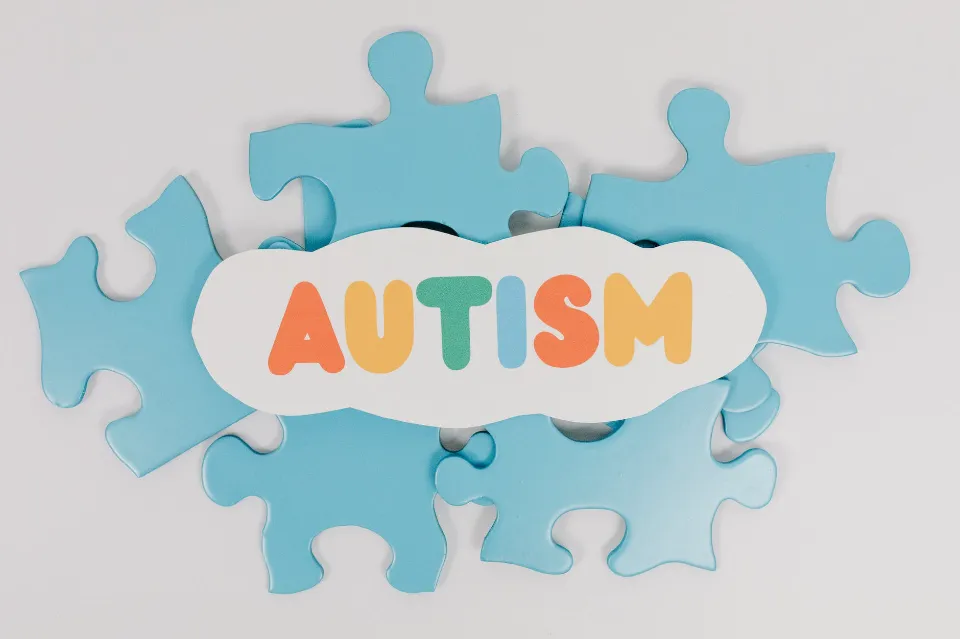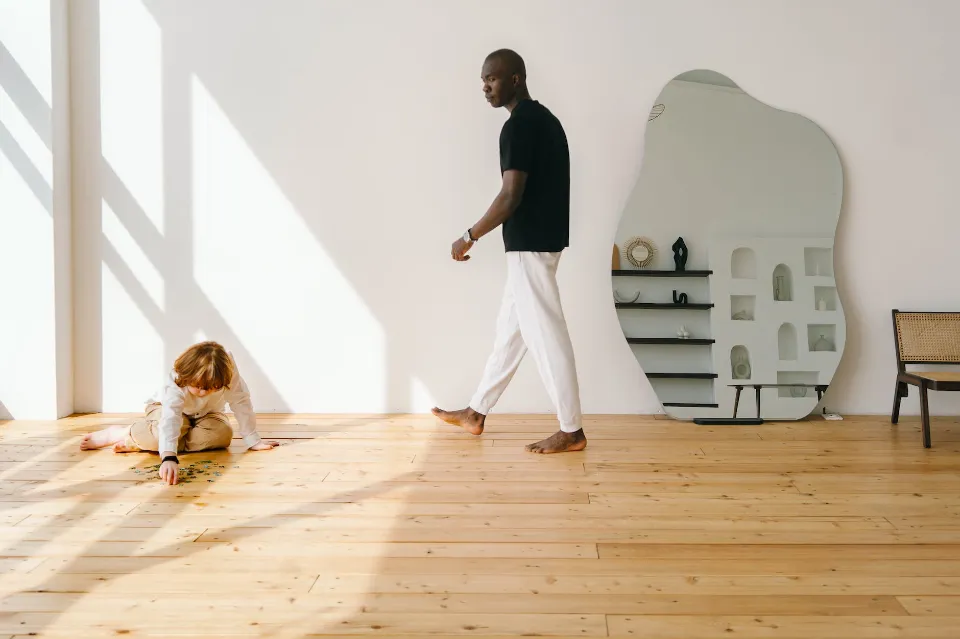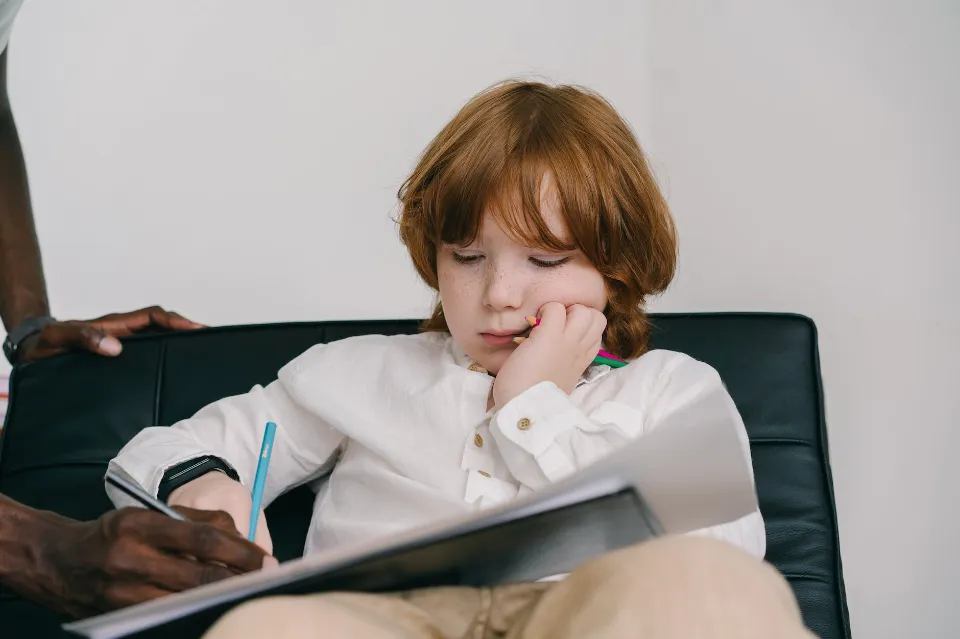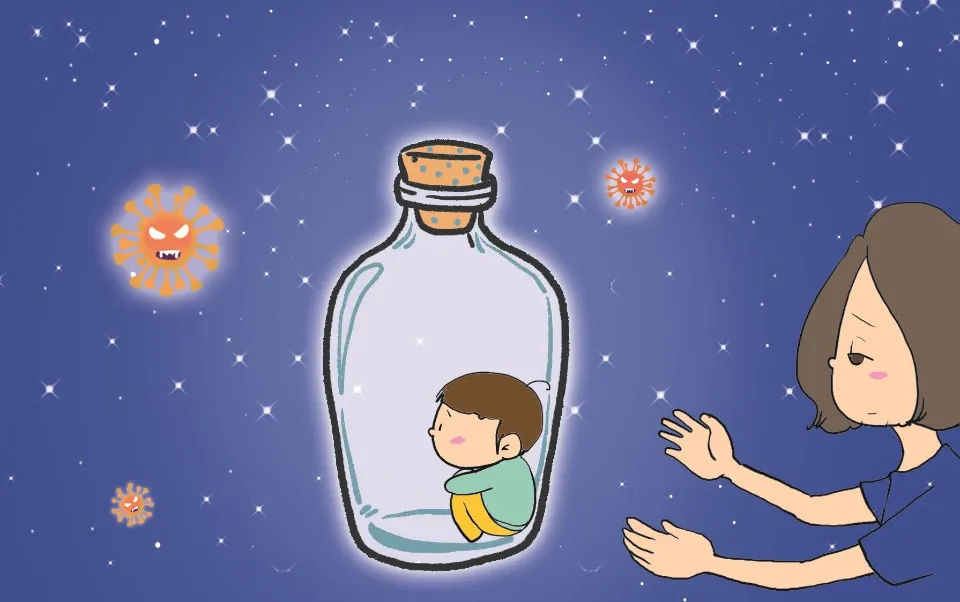
What Not To Do With An Autistic Child – Essential Guidelines
Children with autism require a special style of interaction that respects their individual needs and advances their well-being. To build a supportive environment, it’s essential to be aware of what to avoid doing.
In order to help caregivers, family members, and educators navigate these interactions with sensitivity and understanding, we will provide crucial guidelines on what to avoid when interacting with autistic children in this article.
What Not to Do With Discipline a Child With Autism

When disciplining a child with autism, it can be challenging to know what to do and what to avoid. It is important to recognize that they are developing differently from their neurotypical peers.
- Do not punish for typical autistic behaviors. They are incapable of controlling behaviors like stimming, meltdowns brought on by excessive stimulation, and spamming. They are a regular part of a child with autism’s daily routine.
- Do not be confused in your reasoning. Use simple logic they can understand when outlining the reasons behind the consequence for a child with autism. Metaphors, speculative situations, and difficult vocabulary should all be avoided.
- Do not use punishments that are not age/developmentally appropriate. To help your child learn and grow, use consequences. A form of communication is behavior. Take note of what your child is attempting to say and, the next time, use positive reinforcement to help them communicate that better.
Your autistic child might not comprehend the traditional methods of correction or the repercussions of their behavior. This may frustrate you as a parent, but you must avoid using any form of discipline that might harm your child, such as physical or verbal punishment.
Try to respond to your child’s behavior clearly and gently because all children learn through imitation. The secret to discipline for all kids is consistency. Do it from a place of love. It has a better result when kids understand that you are correcting them because you love them and want what’s best for them.
What Not to Do With Tasks for a Child With Autism
Like other children, children with autism can complete tasks and chores. They are essential for teaching them crucial life skills and assisting in their independence. Perform practice tasks using the forward chaining or backward chaining methodology. Use the approach that makes your child feel most at ease.

- Do not have too many expectations. Have a few simple rules that a child can remember and follow.
- Do not only have verbal instructions. Visual learners are prevalent among autistic children. As a result, give both words and pictures. To remind them to brush their teeth, for instance, use a picture of a toothbrush with toothpaste on it.
- Do not make them do less just because they have autism. Autism-affected children are equally capable as other kids. They still have the ability to complete tasks, even if they do require a little more assistance. The long-term effects of preventing a child from reaching their full potential are negative.
In the Leafwing Center, keep in mind that your ABA therapist can create an Acquisition Skill Plan to help focus on a skill that needs to be improved in order to help your child advance in basic analysis tasks like getting dressed, brushing their teeth, or combing their hair.
What If the Person With Autism is Nonverbal?
Even if a child is nonverbal, the same principles still apply; however, you will obviously need to provide more assistance and input.
A nonverbal child is frequently assumed to not be listening by others. People tend to think that a child who is not paying attention is not making eye contact.
Parents of children with autism are aware that this is untrue to the fullest extent possible, but frequently people stop short of going the extra mile to make sure the child is actively involved in conversations.
They are not given the opportunity to respond; questions are answered for them. We don’t mind if people ask us instead of our autistic child when they have questions about them.
Do not do it yourself, and keep others away from your child while they are talking. Make sure they are respected as the unique beings that they are.
How to Discipline Autistic Children

Make sure they understand that their actions have repercussions and rewards.
This is a fundamental tenet of ABA therapy, so a therapist from a facility can assist parents in better comprehending disciplinary techniques and learning when to use positive reinforcement.
The path that provides children with the positive reinforcement they love so much from behaving well should be guided.
When engaging in bad behavior, they should be aware of the repercussions, which may include receiving fewer rewards.
How to Avoid Losing Patience With An Autistic Child
If parents are frustrated or impatient with their autistic child’s behavior, they should seek counseling for themselves.
By keeping in mind the benefit of good behavior, they can encourage their child.
When someone behaves well, everyone they know should compliment them. They can now distinguish between appropriate and inappropriate behavior thanks to this.
Parental patience is maintained through communication.
In the event that this doesn’t help, parents can try to identify other problems, such as health-related issues or events at work that stress them out at home, that may be making them feel impatient or annoyed with their child.
Bonus Tips

In this article, we’ve covered a lot of things you shouldn’t do when you’re around a child who has autism, but I want to give you one that you should remember for yourself.
None of us are perfect, including you.
I’ll be completely honest with you and admit that I still make mistakes even though I teach, preach, treat, parent, and advocate about autism.
And not just young children either!
Mistakes that were big, juicy, and left me lying in bed later that night wishing I had handled them differently.
I occasionally find myself in a situation where I need to take a step back and consider what I would suggest to someone else because I’m on the verge of losing it myself.
It’s OK.
There are frequently no definite right or wrong answers. The majority of what we experience every day is ambiguous.
Although the way to get there is hidden, we have a general idea of where we want to go. There is no such thing as perfect hindsight. All other information is best guessed at.
Final Thoughts

In order to understand a neurotypical world, it can be difficult for an autistic person themselves. Additionally difficult for the parent, friend, grandparents, teacher, or anyone else directly involved.
If you already know the solutions, no test is challenging. Studying for every conceivable question is the challenging part.
The challenging part is picking an answer that “best fits” a vague question when the question then requires a follow up based on your answer and you have no idea what the next part will be!
Never stop believing in someone with autism, as I mentioned earlier, but it’s also crucial to never stop believing in yourself.
Never give up looking for a more effective way to explain something. Research autism and the behaviors connected to a diagnosis of autism constantly and work to better understand it.




Average Rating